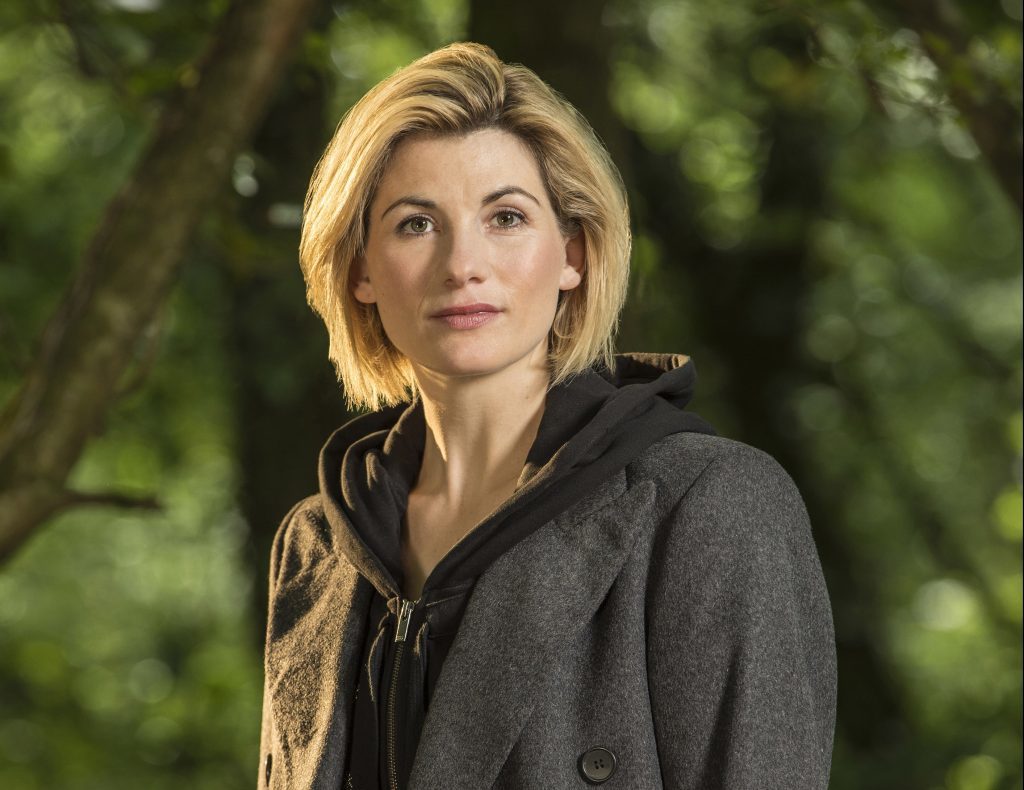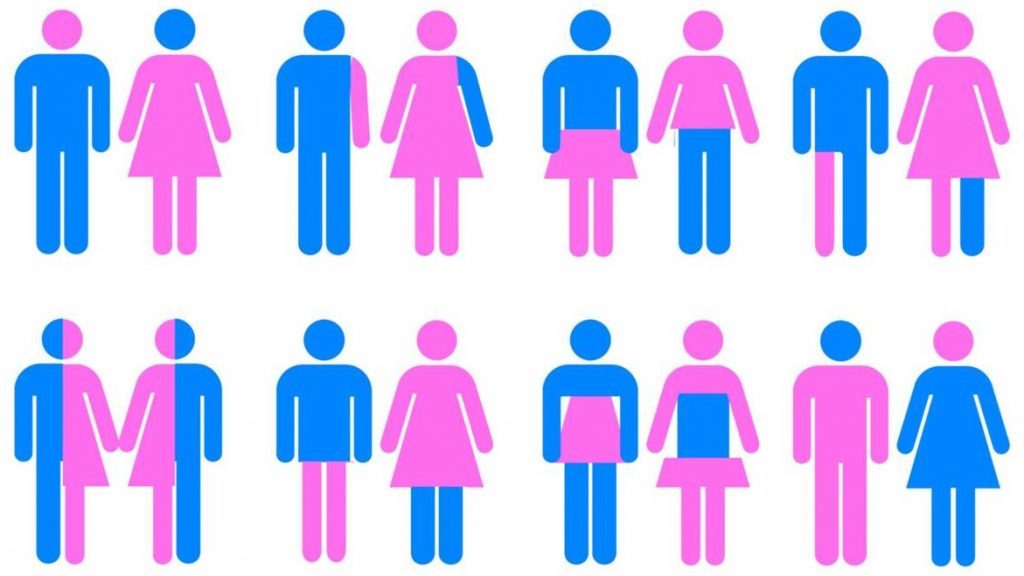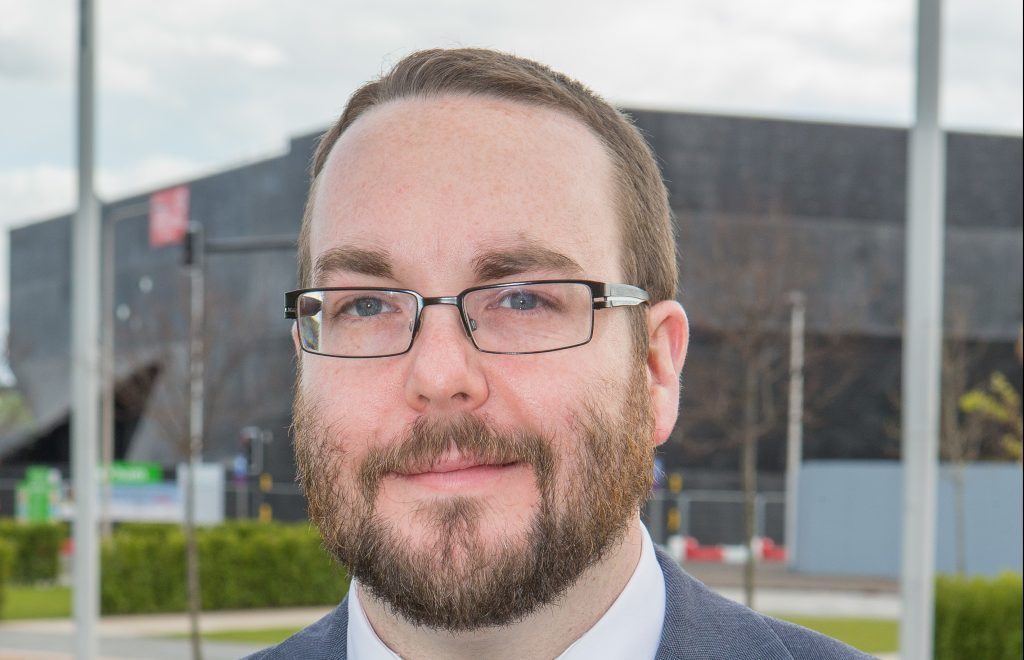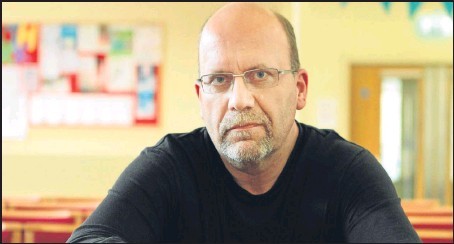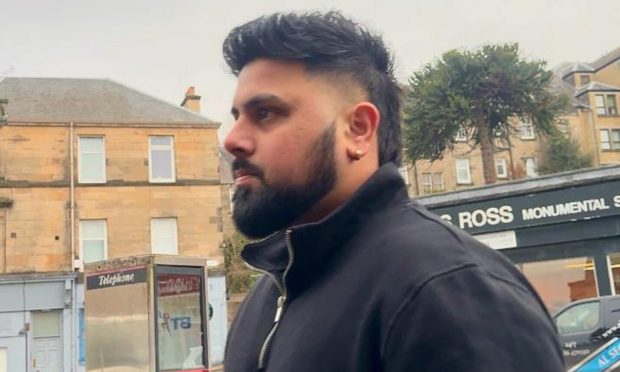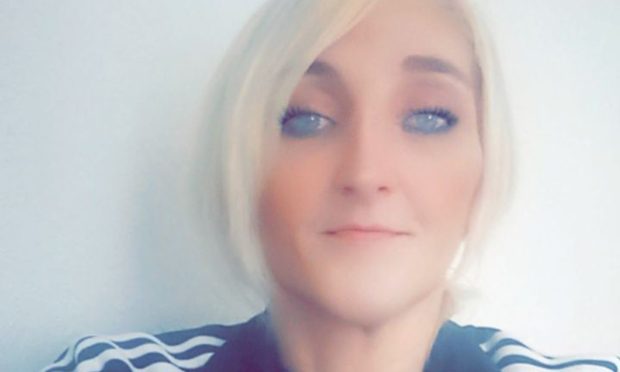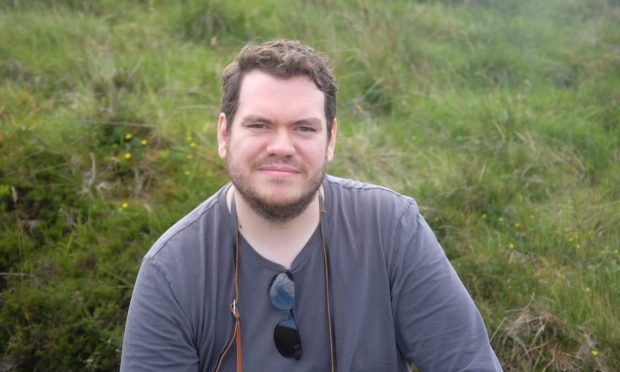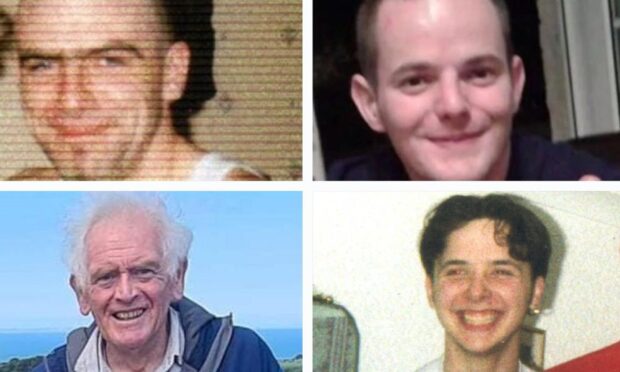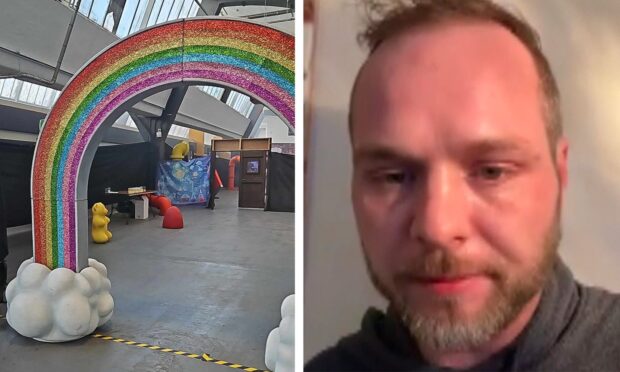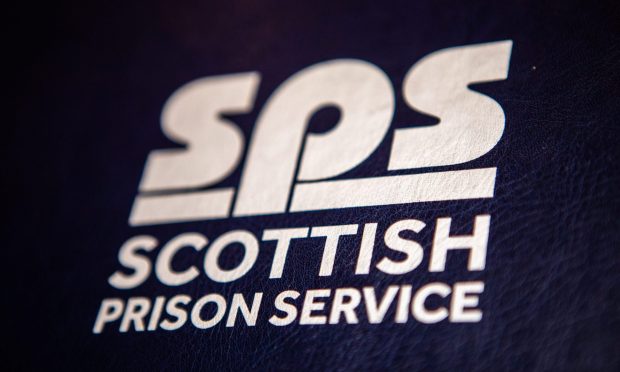From Doctor Who becoming a woman to recognition of non-binary status in wider society, gender perceptions are changing. But is it fair, or has political correctness gone mad? Michael Alexander reports
As a 900-year-old-ish fictional alien with two hearts, at least 12 different faces and the ability to travel through time and space in a police box, should it really be so hard to imagine the 13th Doctor Who as a woman?
While many have praised the BBC and the sci-fi show’s writers for choosing Broadchurch actress Jodie Whittaker as the next Doctor, others have slammed the decision as “political correctness gone mad”.
The furore this week has prompted the 35-year-old actress to tell fans: “Don’t be scared of my gender”.
But more than 20 years after the Spice Girls brought us Girl Power, the debate around gender is no longer confined to being about men and women – or the classification of sex based on the appearance of external anatomy.
Increasingly, organisations – and the media – are required to recognise that some people regard themselves as non-binary.
That is that they experience their gender identity – that internal, deeply held sense of self– as falling outside the categories of man and woman.
The issue gained international attention recently when American cable and satellite TV network Showtime was so impressed with Asia Kate Dillon’s breakout performance as the gender non-binary character Taylor Mason in the drama Billions, it wanted to submit Dillon for an Emmy nomination.
But there was just one problem. The network wasn’t sure whether to submit Dillon for best actor or best actress.
Like the character Mason, Dillon identifies as neither male nor female and uses the pronouns “they” and “them.”
Faced with this difficult choice, Dillon wrote a letter to the Television Academy asking what the categories mean and why they exist.
The Academy replied that “anyone can submit under either category for any reason.” After digging into the history of the terms “actor” and “actress,” Dillon opted for the former.
According to Vic Valentine, policy officer for the Edinburgh-based Equality Network project the Scottish Trans Alliance, it is often “exhausting” to be a non-binary person in a society that expects everyone to “fit neatly into the boxes of man and woman” and which “organises so many laws, spaces and events around this expectation.”
Vic said: “Everyone has a unique and individual sense of what their gender means to them.
“Most people identify as either a man or a woman, but some people feel like neither of these terms describe who they are.
“For these people the ideas and expectations that go along with the words ‘woman’ or ‘man’ don’t fit their sense of self, don’t feel comfortable, and aren’t how they want to be referred to.
“We call these people non-binary people. Lots of non-binary people use gender neutral pronouns – the most commonly used one is singular ‘they’.
“It is really important to use non-binary people’s pronouns correctly, as it lets them know that you respect their gender and see them as they want to be seen.
“Just as you would always describe women you know, including transgender women, using the terms ‘she’ and ‘her’, and would always describe men you know, including transgender men, using the terms ‘he’ and ‘him’, using the terms ‘they’ and ‘them’ to refer to a non-binary person validates and affirms their identity.
“Something as simple as using the right pronouns can make a really big difference, and is crucial to ensuring you are respectful and inclusive of all transgender people.”
Vic said that although the term non-binary may be new to many, there have always been people throughout history and across cultures who have identified this way.
Vic added: “What has been changing in Scotland though is non-binary people’s ability to connect with each other, be open about their identities, and start challenging some of the rules that exist around gender – like the pronouns people use to refer to them.”
Dundee City councillor Gregor Murray, who is council spokesperson for equal opportunities, is non-binary/agender and uses the title Mx if not using Cllr.
The SNP member said the council had been pro-active in adopting non-gender titles for its spokespeople.
“We do not have any spokesmen,” the councillor said. “At the statutory meeting of Dundee City Council in May of this year, we moved all of the spokesmen, champions, etc, to be spokespeople, to make it easier to understand, as well as ensuring that it was gender neutral.”
But Rev David Robertson of St Peters Free Church in Dundee wonders if people will “grasp the implications” of the non-binary “bandwagon” being recognised.
He describes the debate as an “unscientific, illogical political fad”.
He said: “These range from the relatively trivial – announcers on the London Tube are no longer allowed to say ‘Ladies and Gentlemen” to the incredibly dangerous – allowing a 40-year-old man who ‘identifies’ as a girl to shower with ‘other’ girls.
“The no gender, transgender, non-binary bandwagon is the latest one our government is going to jump on – now that same sex marriage is in the bag.
“Apparently in this brave new genderless world babies are no longer born male and female, they are born and then ‘assigned a gender’ – a gender which you are free to choose and change as you please.
“We are going to have to learn a whole new language – they, hem, ze, zir.
“In New York if you don’t use the ‘correct’ pronoun you can be fined up to $250,000!
Quotas
“If we remove gender then that’s all gender specific sport removed.
“The Scottish Government’s gender quotas are dead in the water before they even begin.
“If I feel I am being denied a job because of my gender then all I need to do is walk into my local post office, fill out a form. ‘identify’ as another gender, and Bob’s your uncle – or auntie!
“It is little wonder that some of the main opponents of the genderless fad are feminists such as Germaine Greer.
“But the people of Dundee should be very aware of what happens when this unscientific, illogical political fad takes hold.
“Do we really want our children to be taught that they are genderless?
“This is happening now and if councillors like Gregor Murray get their way they will be imposing their harmful ideology on all our children.
Burden
“One child in Dundee came home from her school really upset that her teacher had told her she could choose to be a boy or a girl!
“That’s a terrible burden to lay on a child – as well as being complete nonsense.
“Yes there are people who suffer from gender dysphoria and need help dealing with gender identity issues – but don’t try to turn all of society into a genderless society just to accommodate the handful who need help not affirmation.”
Gender perception is increasingly a consideration for the law-suit conscious media. According to Clause 12.1 of the regulatory code, the press must avoid prejudicial or pejorative reference to an individual’s gender identity.
A spokesperson for the Independent Press Standards Organisation (IPSO) – the independent regulator for the newspaper and magazine industry in the UK – said: “Coverage of gender identity is a fast moving area and the language used to talk about gender identity is also changing rapidly.
“Newspapers play an important role in helping their readership to understand these complex issues. “Recognising this, IPSO worked with transgender representatives to produce guidance for journalists on these issues.”
